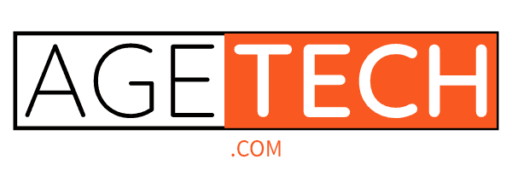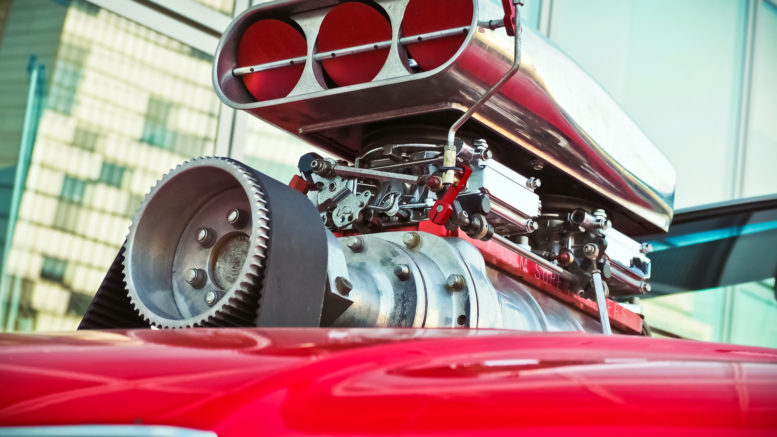

How would we go about harnessing the collective intelligence of hundreds of cities, thousands of organizations, tens of thousands of entrepreneurs, policy-makers, researchers, and millions of individuals and their families to address a significant global challenge? And how indeed, if the topic was aging?
Aging has traditionally not been an area where you would look first for a global ‘hive mind’ or to see cutting edge innovation. Most of the sub-sectors – senior housing, home care, hospice and rehab, as well as medical devices and products and services for older consumers – are siloed, and many of them largely offline. Moreover, they certainly don’t share a common language for collaboration or shared benchmarks and metrics for what success looks like. This seems a world away from the whirling, beeping, humming, software-centric world of Amazon and Tencent (annual revenues of $250bn and $45bn respectively), which are building global behemoths, devouring competitors and picking up colossal momentum. However, maybe these worlds are not as different as they appear. In terms of economic opportunity, aging is the giant and Amazon the pygmy; the longevity market is expected to hit $15 trillion by 2020, around three times the size of the forecast global ecommerce market.
The most successful companies such as Amazon, Netflix and Tencent are run by ‘models’ – smart algorithms powered by data that constantly learn and improve the business. Great products attract more customer dollars that allow the company to make even better products, and so on. When done right, these turn into a ‘flywheel’ – creating unstoppable momentum, and delivering trillion dollar businesses. These models are powerful and of interest to future empire builders – as outlined in this article ‘Models Will Run The World’ by hedge fund manager, Steve Cohen – subscription required, alas. (Sidenote: anyone with a social media account can vouch for the powerful, addictive behavior of some of these models at the individual level too).
How could social, mission-driven businesses co-opt some of these models to develop a flywheel for good? And more boldly, is it possible to orchestrate a massive global network of companies and individuals (rather than keep this all under the hood of one company), sharing common missions, through the power of an AI-driven platform technology?
These two meaty questions are ones that we’re working hard on, and will be starting to address with the development of our exciting new programme, The Collective, our new platform for collective intelligence and collaborative action. Developed over the past six months as a joint venture with Shapeable, a unique company formed of a group of ex-World Economic Forum designers and technologists, The Collective is helping us build a common platform to connect innovators and accelerate our mission. We shared the v0.2 version with existing members at a workshop in San Francisco last week, and will be hosting a public webinar next week, August 7th and we invite you all to join.
A model can be seen in four steps: framing the topic; generating the data; developing and deploying learning algorithms; and having an impact (the data about which can be measured, resulting in further improvements). Working with the Shapeable team, we’ve started building a model with The Collective that aims to deliver lasting, system-wide change in four steps:
-
Framing the topic. Having been working with startups, corporates and older adults for 7 years we consistently see similar patterns and themes. As such in 2016 we created the Grand Challenges, which frame the topic of innovations in aging into 8 topics, from Brain Health to Mobility & Movement.
-
Generating the data. We’re building The Collective around three types of connected data, Stakeholders (the organizations from all over the aging space and all over the world who are able to share their strategic priorities and success stories), Insights (articles and content with data and metadata that connect the space and highlight interesting ideas) and Impact Stories, case studies of success that have had a measurable impact. Building the data model for what ‘successful impact’ looks like is a further important project we’re working on.
-
Learning algorithms. ‘Success’ in an ecosystem can take many forms – it can be about the impact that specific innovations have had on the older adult, caregiver, or bottom line, or it can be about the platform itself – are we able to connect the right stakeholders (investor and promising startup, say) at the right time that will benefit everyone? There are precedents for both, and at this stage we’re exploring all options. Our partnership, via Shapeable, with GraphAware, one of the world’s leading graph database and machine learning companies, will help us build the right models and learn what works.
-
Delivering changes. We’ll only be able to build a model for the ecosystem if things happen, data is generated and the processes automatically get smarter, accelerating the creation of new markets. We’ll need a feedback loops in place – knowing when that introduction hit the mark, or was a dud. Or learning that the best practice for fall prevention championed in Albuquerque also works in Adelaide. And why. Impact will come when we can improve transparency about what works, reduce complexity and clutter, experiment with new forms of collaboration (such as social impact bonds and blended finance) and overall help build new markets and deliver products and services faster.
The first version of The Collective is just hinting at these answers. Scott David, founder of Shapeable, says we’re at v0.2, and can think of ourselves being at the “end of the beginning”. What that means is that we now have the fundamental building blocks in place – Insights, Stakeholders and Impact Stories, and on top of a layer of ‘relevance engineering’ that, when up and running, will help connect disparate players infinitely better than our small team can do manually (or that happens via serendipity at events).
What we need next is YOU. And by that I mean your content and contributions for what should be on the platform. And also you as a corporate partner willing to pay a modest fee to join as a member and help fund the further creation of this ambitious project that has been built on a very tight budget, fuelled by a passion for the mission and optimism about others sharing our journey. We have signed up 16 willing volunteers, ‘Super Connectors’, whose job it is to connect us with innovative content, organizations and ideas. They are acting as ‘content ambassadors’, the first line of insights and ideas helping us populate the content and ‘build the model’. They will be working alongside our other Ambassadors – the 91 leaders of our local city chapters, to build this into a genuinely global community of insights and expertise. (We’re currently growing by one chapter a week so may well be at 100 by Labor Day).
If you’re interested to see what we’ve built, join us next Wednesday August 7 for our first public webinar introducing The Collective. We’re now actively looking for ‘Impact Stories’ where innovations have had a measurable impact – please email them to thecollective@aging2.com. And if you’re interested in joining us on the journey as a corporate member, check out our membership page at www.aging2.com and send me a note at stephen@aging2.com.
About the Author
Stephen Johnston MBA is a co-founder of Aging2.0 a global innovation platform for aging and senior care, founder of Fordcastle, an innovation consultancy and a member of the Future Agenda, the world’s largest open foresight initiative. Stephen serves on the board of Music and Memory a New York 501c3 nonprofit focused on improving the quality of life for older people, He is co-author of Growth Champions (Wiley, 2012), a book about sustainable corporate growth. He has an MA in Economics from Cambridge University and an MBA from Harvard Business School where he was a Fulbright Scholar.

